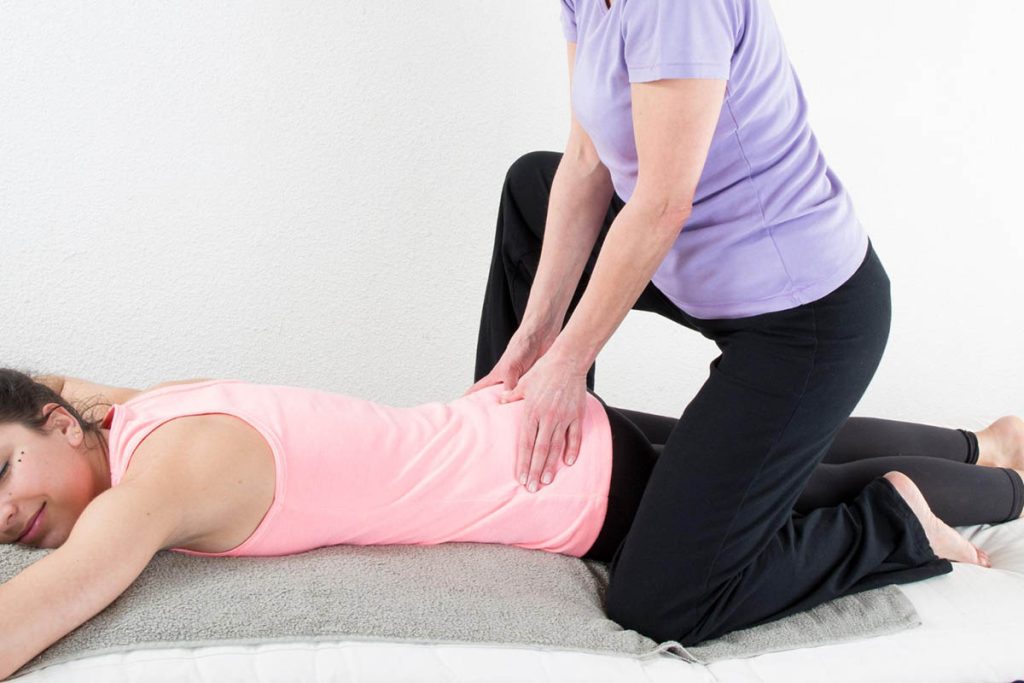Joint pain can be frustrating. It limits your mobility, affects your daily routine, and often makes even simple activities feel like a challenge. While medications, therapies, and topical solutions like a back pain gel play a role in managing discomfort, movement remains one of the most powerful tools for long-term relief.
The right exercises and stretches don’t just reduce pain in the moment—they strengthen the supporting muscles, improve flexibility, and prevent further strain. Add in smart nutrition support, like multi vitamin gummies, and you have a complete strategy for better joint health.
Let’s dive into the most effective exercises and stretches that can help you move with less pain and more confidence.
Why Exercise Helps with Joint Pain
Many people assume rest is the answer to sore joints. In reality, inactivity can worsen stiffness and slow down recovery. Movement improves circulation, delivers oxygen and nutrients to your joints, and strengthens the muscles around them for better support.
When done correctly, low-impact exercises and gentle stretches:
- Reduce stiffness and swelling
- Improve balance and flexibility
- Strengthen muscles to protect the joints
- Support long-term mobility
Pairing these routines with safe aids like back pain gel for sore muscles or periods pain relief tablets for monthly cramps ensures you manage pain holistically while keeping your body active.
1. Low-Impact Cardio
Walking
Walking is one of the easiest and most joint-friendly exercises. It helps maintain joint flexibility, strengthens the legs, and supports heart health. Aim for 20–30 minutes of brisk walking most days of the week.
Cycling
Cycling, especially on a stationary bike, is excellent for reducing joint stiffness in the knees and hips. It offers aerobic benefits without adding stress to weight-bearing joints.
Swimming and Water Aerobics
The buoyancy of water reduces pressure on the joints, making swimming and water aerobics ideal for people with arthritis or chronic pain. At the same time, the resistance of water strengthens muscles.
2. Strengthening Exercises
Strength training is essential for joint support because stronger muscles absorb more pressure, reducing stress on the joints.
Leg Raises
Lie flat on your back, one leg bent, and slowly lift the other leg straight up. This exercise strengthens the quadriceps, which play a big role in knee support.
Wall Squats
Stand with your back against the wall, feet shoulder-width apart. Slide down until your knees are bent at about 45 degrees. Hold for 5–10 seconds, then slowly rise back up. This strengthens both thigh and glute muscles.
Resistance Band Exercises
Using resistance bands, you can target smaller stabilizing muscles around your hips, knees, and shoulders. These exercises enhance mobility and provide long-term joint protection.
3. Stretches for Flexibility
Hamstring Stretch
Sit on the edge of a chair with one leg extended forward, heel on the ground. Lean slightly forward from your hips until you feel a stretch along the back of your thigh. Hold for 20–30 seconds.
Quadriceps Stretch
Stand and hold onto a wall or chair for support. Bend one knee and bring your heel toward your glutes, holding your ankle with your hand. This stretch eases tension in the front of the thigh.
Shoulder Stretch
Bring one arm across your chest and gently press it toward you with the other hand. This helps relieve tension in shoulder joints.
Hip Flexor Stretch
Kneel on one knee, the other leg bent at 90 degrees in front. Lean forward slightly until you feel a stretch in the hip flexor of the back leg.
These stretches, when practiced regularly, keep joints flexible and muscles elongated, preventing the stiffness that often aggravates pain.
4. Yoga for Joint Mobility
Yoga offers both strengthening and stretching benefits. It emphasizes gentle movements, breath control, and posture alignment—all of which are ideal for joint health.
- Child’s Pose: Releases tension in the spine, hips, and knees.
- Cat-Cow Stretch: Increases flexibility in the back and reduces stiffness.
- Bridge Pose: Strengthens the glutes and lower back while opening the chest.
Practicing yoga for even 15 minutes daily can significantly reduce chronic pain, making it a highly recommended routine for joint relief.
5. Pilates for Core and Joint Support
Pilates focuses on controlled movements and core stability, which reduces stress on joints. Movements like the Pelvic Curl and Leg Circles not only improve flexibility but also strengthen the stabilizing muscles of the hips, back, and knees.
Strong core muscles are particularly important for reducing back pain—something many people manage with both back pain gel and exercise.
6. Pain Management While Exercising
Even with the best routines, occasional pain flare-ups are common. That’s where safe, supportive products come in:
- Back Pain Gel: Applying a cooling or warming gel before and after exercise can reduce soreness and improve comfort during recovery.
- Periods Pain Relief Tablet: For women dealing with joint stiffness alongside menstrual discomfort, these tablets provide dual support, allowing them to stay active even during cycles.
- Multi Vitamin Gummies: These help fill nutritional gaps, ensuring your body gets essential vitamins and minerals to keep bones, muscles, and joints stronger.
When combined with exercise, these products create a sustainable system of care—managing pain while promoting long-term health.
7. Lifestyle Tips for Better Joint Health
Exercise and stretches are powerful, but your daily lifestyle choices make a difference too.
- Stay Hydrated: Water keeps joints lubricated.
- Maintain Healthy Weight: Reduces unnecessary pressure on weight-bearing joints.
- Balanced Nutrition: Vitamins like D, C, and minerals like magnesium and calcium (easily obtained from multi vitamin gummies) support joint repair and bone strength.
- Rest and Recovery: Adequate sleep allows your body to repair tissues and manage inflammation.
Sample Routine for Beginners
If you’re not sure where to start, here’s a simple 20-minute joint-friendly routine:
- Warm-Up (3 minutes): Gentle walking or cycling.
- Strength (5 minutes): 2 sets of wall squats, 10–12 reps each.
- Flexibility (5 minutes): Hamstring and quadriceps stretches, holding for 30 seconds per side.
- Yoga (5 minutes): Child’s Pose and Cat-Cow stretch.
- Cool Down (2 minutes): Deep breathing and light walking.
This balanced routine works on mobility, strength, and flexibility—all crucial for joint pain relief.
Conclusion: Move Smart, Heal Strong
Joint pain doesn’t have to control your life. With the right exercises and stretches, you can improve flexibility, strengthen supporting muscles, and ease daily discomfort. Adding in supportive aids like a back pain gel for targeted relief, periods pain relief tablets for cycle-related pain, and multi vitamin gummies for overall nutrition creates a complete wellness toolkit.
Movement, when done consistently and mindfully, is the key to long-term joint health. Start small, listen to your body, and over time, you’ll notice the difference—not just in your joints, but in your overall energy and confidence.







